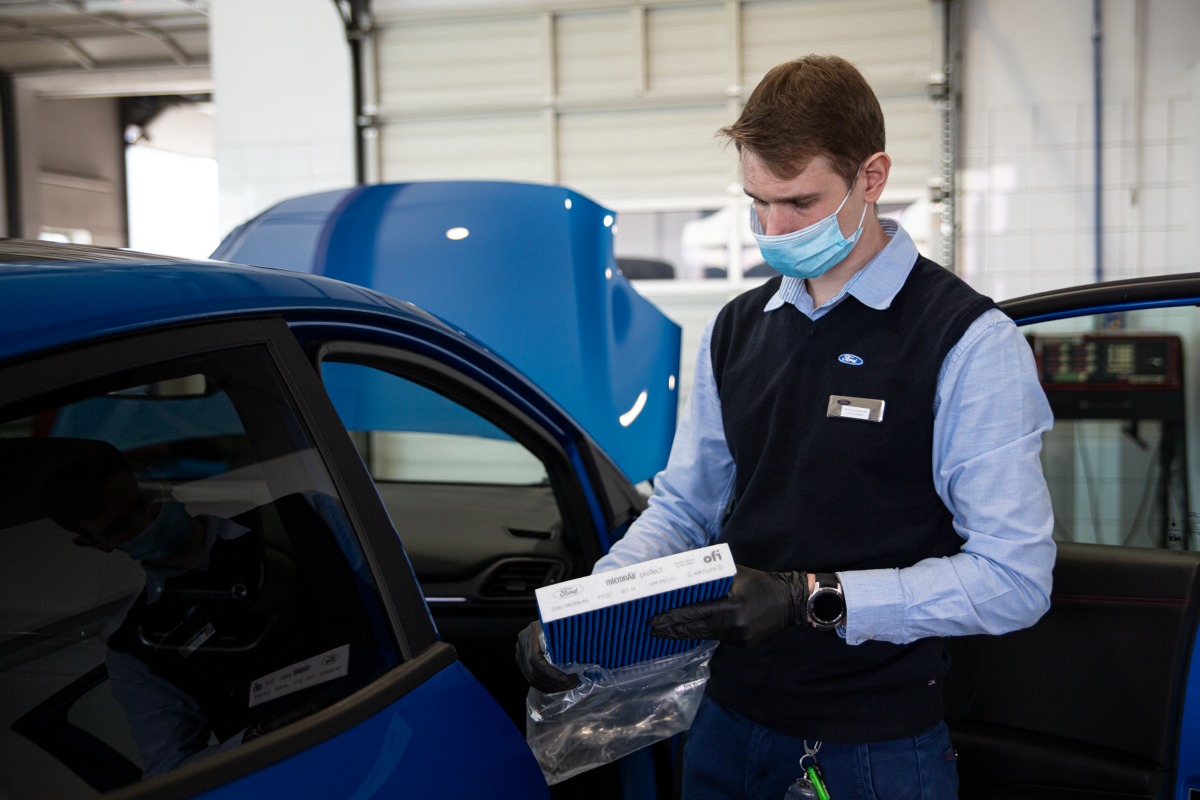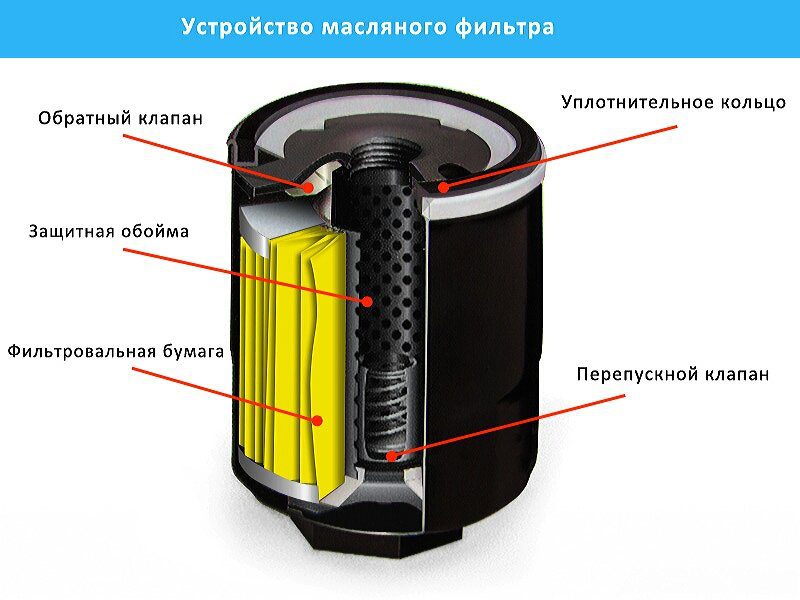
Cabin filter. Coal or regular? What does the cabin filter protect against?
 The cabin air filter is a basic consumable item in every car. Drivers tend to forget this because it doesn't affect engine performance. This filter is designed to clean the air entering the car interior. The main choice is what type of filter to use: carbon or conventional? In the face of increasing urban smog and widespread pollution, it's worth knowing what the differences are and where they lead. Depending on the design of the car, access to the filter also differs, which is important when visiting the service.
The cabin air filter is a basic consumable item in every car. Drivers tend to forget this because it doesn't affect engine performance. This filter is designed to clean the air entering the car interior. The main choice is what type of filter to use: carbon or conventional? In the face of increasing urban smog and widespread pollution, it's worth knowing what the differences are and where they lead. Depending on the design of the car, access to the filter also differs, which is important when visiting the service.
The cabin filter, also known as the pollen filter, is an item that drivers often forget to replace. Underestimating its role reduces travel comfort (unpleasant odors, fogging of windows with high humidity), but most of all it adversely affects our health. In addition to the aforementioned odors and moisture, an effective cabin filter prevents the harmful effects of rubber particles from abrasive car tires, as well as quartz. From a technical point of view, a permanent filter can also overload the fan motor and reduce the efficiency of the air supply from the ventilation grilles.
A standard good quality cabin filter consists of several layers with different fiber structures. Each of them stops pollution of a different type. Fibrous barriers trap most of the pollen, soot and dust. This is especially important in the spring and summer seasons, which are characterized by the most frequent occurrence of this type of pollution.
Cabin filter types
“In the production of filters, we use special polyester-polypropylene non-woven materials, which allow us to increase the degree of absorption of pollutants (including bacteria and pollen present in the air). In an era of long-term and unavoidable exposure to many different pollutants, regularly changing the cabin air filter should be the responsibility of every conscientious driver,” explains Agnieszka Dec, Commercial Director of PZL Sędziszów, which manufactures both conventional and activated carbon filters. .
The second type of filters are the activated carbon models mentioned above, which, in addition to absorbing solid particles, have a specially prepared layer that absorbs gaseous pollutants (mainly sulfur and nitrogen compounds, hydrocarbons and ozone). They also help in the fight against unpleasant odors. Carbon filters are more expensive than conventional filters without the addition of activated carbon, but they undoubtedly purify the air entering the car interior more efficiently. For this reason, they are especially recommended for allergy sufferers, drivers with children and people who often drive in traffic jams where exposure to exhaust gases is much higher than normal.
The editors recommend: SDA. Lane change priority
Cabin filter. What, how much to replace?
Cabin filters, both standard and carbon, should be replaced every 15 km or at each periodic maintenance of the air conditioning system (once a year, usually in the spring). For workshops, replacing this type of filter is not a big problem, although it must be recognized that access to it, and therefore the complexity of replacement, may vary. Cabin filters come in different sizes and shapes, so when choosing a filter for a given vehicle, it is best to use the VIN number or the exact technical data of the vehicle.
“Changing the cabin air filter is pretty easy to maintain. In many Japanese cars, the filter is usually located behind the passenger compartment, so it must first be removed. In cars of German origin, the pollen filter is most often located in the pit. On the other hand, for example, in many Ford cars, the filter is located in the central column, which requires unscrewing the gas pedal with a TorxT20 key. There are two important things to keep in mind when replacing the filter. Many products have an arrow indicating the direction of airflow and thus how the filter should be placed in the housing. The filter itself must be installed with care so as not to bend it or even damage it, and thereby lower the filter surface,” sums up Agnieszka Dec.
See also: Testing Skoda Kamiq - the smallest Skoda SUV
